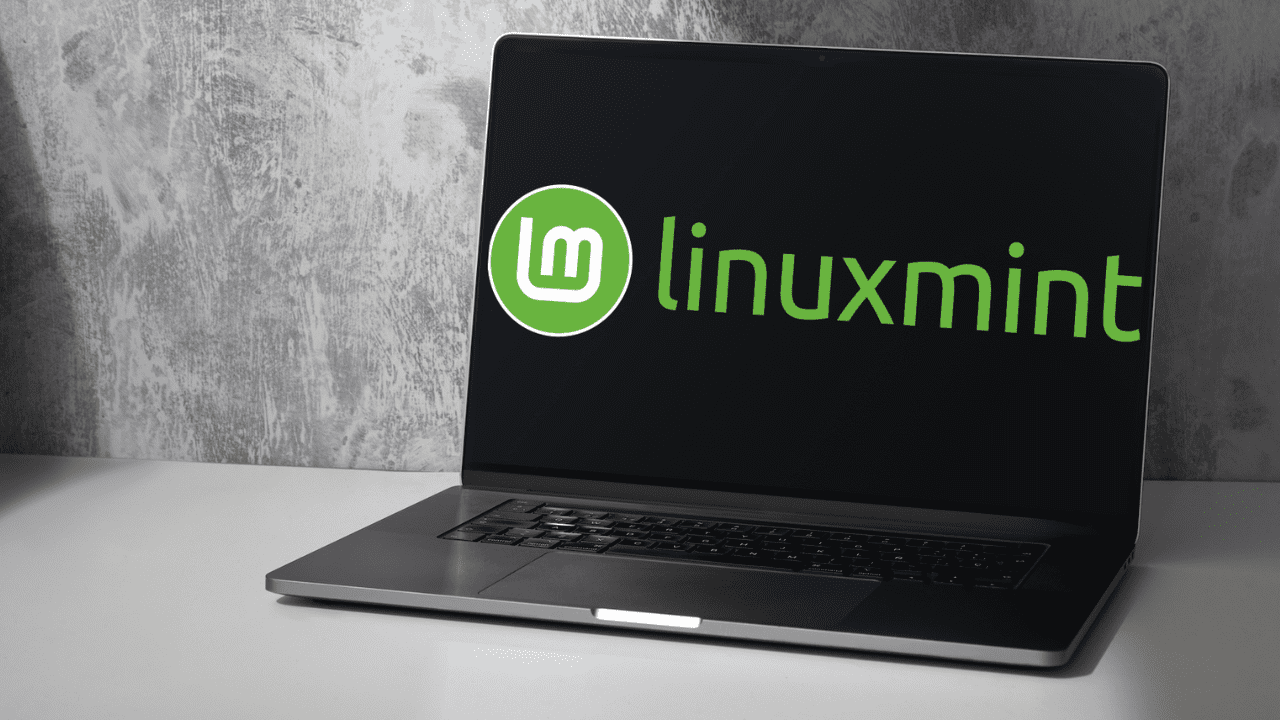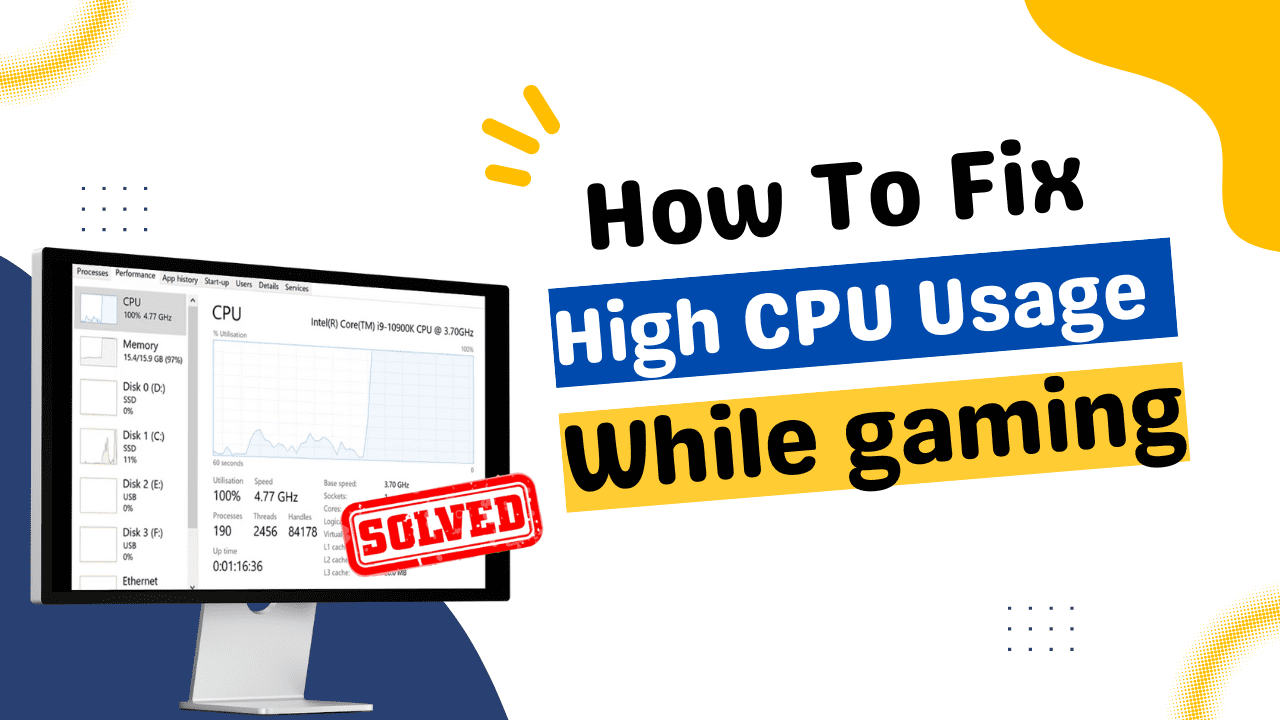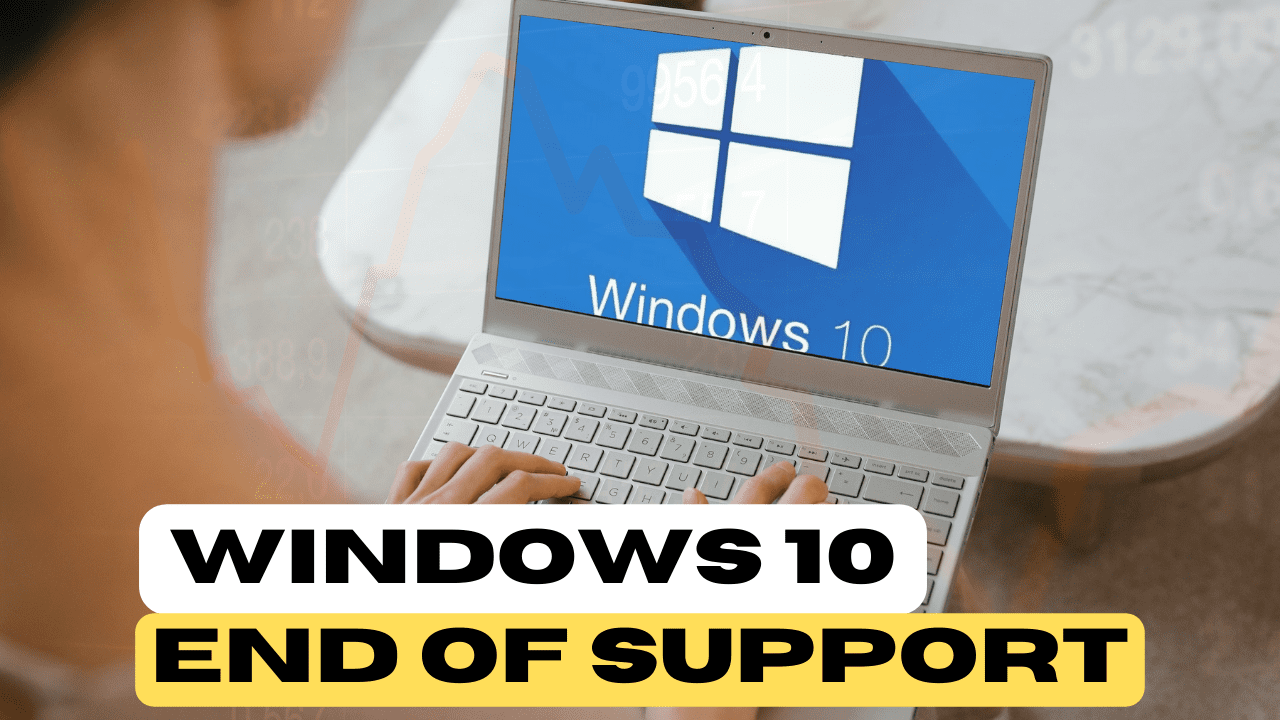Google recently unveiled the Google pixel 7 and Google pixel 7 Pro, their new smartphones for 2022. Additionally, the Google Tensor G2 generation 2 SOC system on a chip is housed inside of them. Therefore, the question is: How much better is it than generation 1 and how is it different? Well, if you’re interested in learning more, allow me to explain that Google has always released their devices in a different cadence than companies like Samsung, OnePlus, and so forth.
They therefore arrive significantly later in the year. Although they nonetheless frequently feature the same technology as Samsung, OnePlus, and other products that were introduced earlier in the year. And this frequently resulted in the Google product looking dated. even before it was originally published. Therefore, when the Pixel phone was introduced last year and the use of the cortex X1 was revealed by Google, When we were aware that new phones featuring the cortex X2 will be released in a few of months, we acted swiftly.
A brief about its design
The Google tensor had two cortex X1 CPUs inside of it. Which was significantly different from what the competition was delivering with just one cortex X1. This was how they distinguished themselves from the competition last year. According to the usual pattern, we would have anticipated Google to introduce the newest CPU this year. One with two X2 processor quarters. However, they made no attempt to achieve that. In actuality, they published Google Tensor Generation 2 (G2), which continues to employ the cortex X1 CPU core. There were still two of them, but they were now somewhat faster than before. Google has taken a really big step with this. They certainly aren’t participating in the performance and CPU spec game.
They are obviously moving in the direction of saying that our goal is to learn about neural networks, machine learning, object identification, and other photo-related topics. And a CPU is required to execute all of that software. Albeit it need not be the quartus X3 that we anticipate seeing in the coming months. We therefore have two cortex X1 cores and two cortex a78 cores to complement them. Since the previous version only had two cortex 876 cores, this is unquestionably an improvement. What does that mean? That really means that in terms of single threaded performance we’re going to see the same scores basically tiny tiny different because it’s at a higher clock speed.
Nevertheless, the multi-core scores will go up. Because you now have those cortex a78 cores, I’m standing by what I just said. You also have four power-efficient cores that still record at a55 operating at 1. 8 GHz. To put things into perspective once again, we anticipate cortex X3 in phones coming out in 2019. And already, this year’s smartphones from Samsung, OnePlus, and anyone else have the newest arm technology. If this is the cortex X2, the a710 and a510 will follow naturally. So, even in terms of power efficiency cores, Google is still a generation behind. And in terms of intermediate CPUs, they are also a generation behind, while being generous with their top-end CPUs.
Therefore, it is apparent that Google is stating that they will not participate in the CPU performance or spec race. Instead, they will focus on the user experience, and everything they provide you with their TPU, neural engines, and other fantastic machine learning capabilities will be to their favour.
Interestingly though having said that in terms of the GPU Department Google have opted for the g710. So that’s the latest generation that’s available right now we’re expecting of course the Next Generation in the smartphones coming in the next few months. But they’ve gone for the g710 GPU but they’ve gone for a seven core version. Now in the previous device of the g78 with 20 cores and now they’ve gone with the g710 with seven chords.
For example the dimensity 9000 from mediatek had the g710 with 10 cores in it. So again it’s not bleeding edge leading GPU performance. It’s an upgrade from what you had last year in terms of the architecture but they’ve gone with quite a small core count. My guess is that there’s going to be about exactly the same GPU performance. As there was in the last Google tensor. Maybe a bit better some people are saying maybe a bit lower. But it’s in that ballpark it’s not going to be a significant upgrade. If anything is just keeping their head above water staying in that same place going from the 20 core g78 to the seven core g710.
Google Tensor G2 got the same four megabytes of L3 cache the same eight megabytes of system level cache. And so when you look at it from that point of view it seems to be a very very similar uh kind of offering in terms of traditional Computing. Of course there are some big differences when it comes to the next generation of TPU that Google have included.
The combination of foundational Technologies, AI Android and Google tensor with tensor G2 the phones and tablets can do so much. And they’ve added a next Generation on device TPU which keeps up with a rapidly evolving machine learning research. So now machine learning runs up to 60 faster. And up to 20 more efficiently on Pixel 7 and 7 Pro. Tensor g2’s design also helps lower the power consumption for everyday Phone activities like recording videos streaming music speech recognition and translating conversations. And tensor G2 makes your smartphone smarter enabling all kinds of technological breakthroughs and magically helpful experiences.
Google is also Keen to underline the security benefits of the G2 with lots and lots of security features. Including that M2 Titan security chip so again offering many many years of software updates. And kind of the hardware to support the software in terms of securing your Digital Life on the new pixel phone.
So there you have it the new processor from Google what do you think good bad doesn’t really matter you’re more interested in the neural network stuff.



1 thought on “Google Tensor G2 – What is Inside?”